Return to Running Postpartum checklist
Returning to running postpartum checklist You’ve been cleared by your doc to return to exercise at your 6 week check up and you ‘re ready to lace up your running shoes and hit the pavement.. Before you do that, read on! Here at TLM we encourage our clients to wait at least 12 weeks, but […]
tailbone pain

The coccyx, commonly known as the tailbone, is the tiny bone at the bottom of the sacrum and has an important weight-bearing role in the body. Although this bone is small, the tailbone can play a big role in hip, sacroiliac (SI) joint and pelvic pain during pregnancy and postpartum recovery.
reconnecting to your core
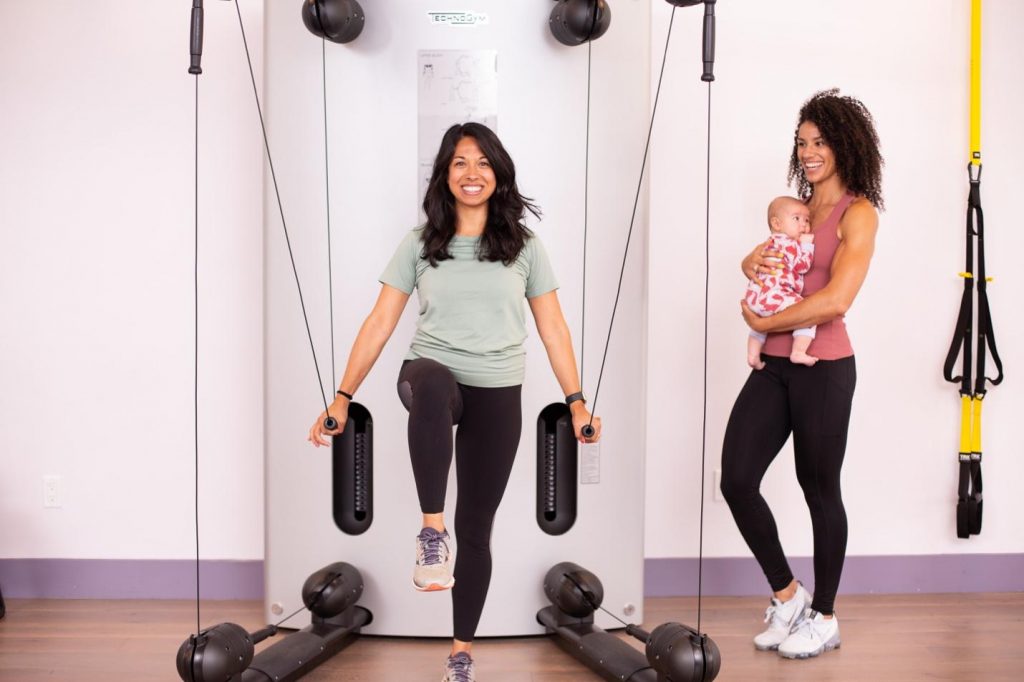
One of the most important things to do after bringing your little one home for the first time is giving your body time to rest and heal. There is no rush to return to exercise postpartum. Give yourself the grace and space to spend this special time with your new babe and recover/reconnect to your body and your awareness.
How to Prevent and Decrease Sacroiliac Joint Discomfort
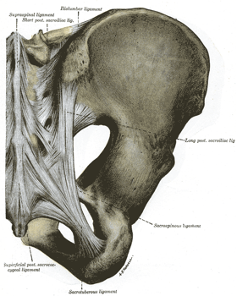
The Sacroiliac Joint (SIJ) is located at the base of the spine on either side, where the two sides of the pelvis connect to the sacrum. It is heavily supported by ligaments and musculature. Although it is a movable joint, it is a gliding joint, meaning the SIJ should only allow a small margin of motion and needs a lot of support to hit that balance of just enough, but not too much movement.
Mommy Shoulder? Yes, it’s a thing. So is Mommy Thumb, Mommy Wrist etc.

As a parent, your days are full of routines that require repetitive motion. Think of changing diapers, strategically placing strollers in and out of cars, holding your little one so they are in that perfect position to fall asleep. All potentially causing your shoulders to ache at the end of the or lead to injury or deficiencies in posture.
3 Moves to Calm Down Your Overactive (Hypertonic) Pelvic Floor

If you are a mom or expecting to become a mom, you have likely heard of the pelvic floor and it is most often referred to as being “loose” or “weak” or “fatigued”. But would you believe me if I told you that the pelvic floor can actually be too tight? Well, as it turns out, it’s very true, and a pelvic floor that is too tight can have some similar implications as a weak pelvic floor does.
Nurturing Yourself After Your New Arrival

If you’re pregnant and due soon, it’s hard to imagine life on the other side. With any pregnancy, there are uncertainties. With this pandemic, there are more. What I can say is that once your baby is here, everything will change. You’re already changing now. I’m sure you can sense the mama bear instinct kicking in. To help with the changes, it is important that you nurture your body, create a support system, and truly indulge in this special time in your life.
Postpartum Return to Exercise: Your Very First Workout
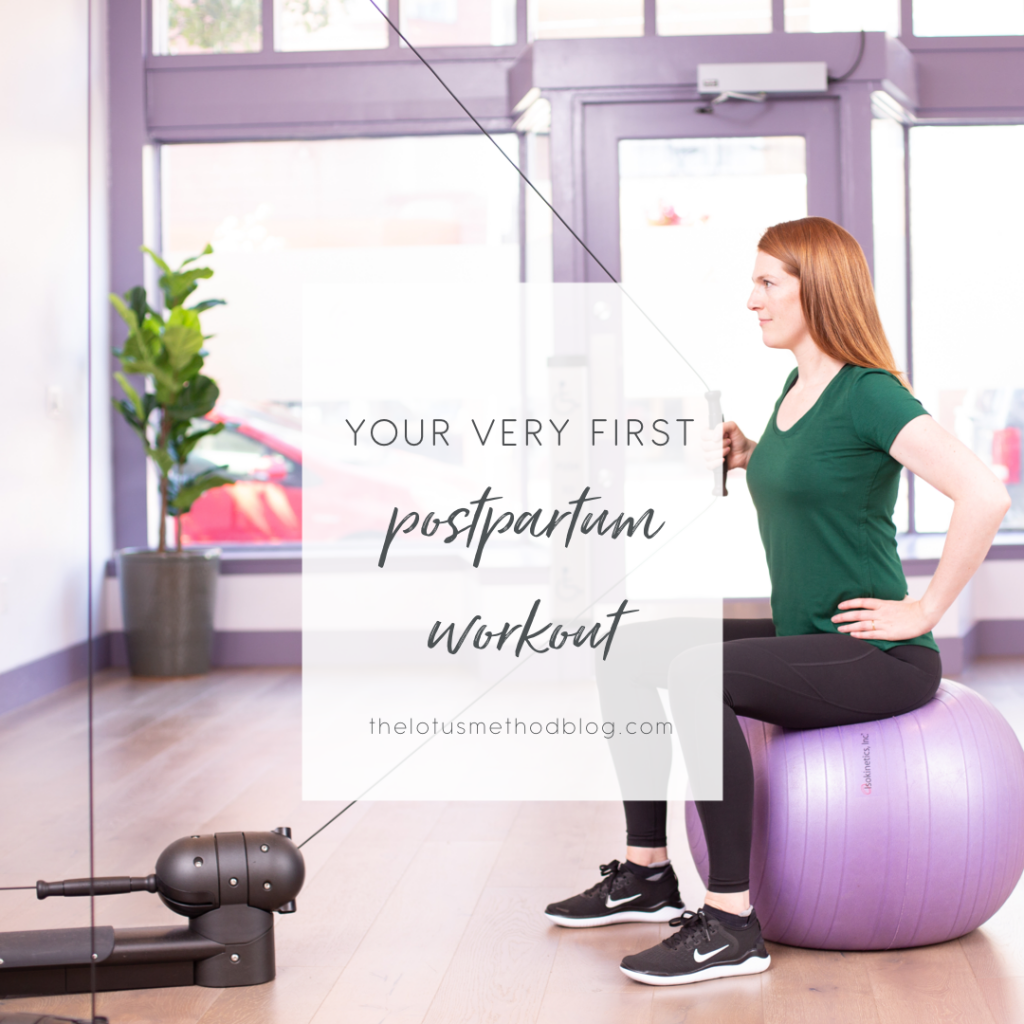
Reintroducing exercise after having a baby can be confusing and scary. You’re wondering what’s safe and how it will make you feel. We have a very simple workout that will be appropriate for almost everyone for your first session back at the gym.
Pelvic Organ Prolapse: Relief Positions
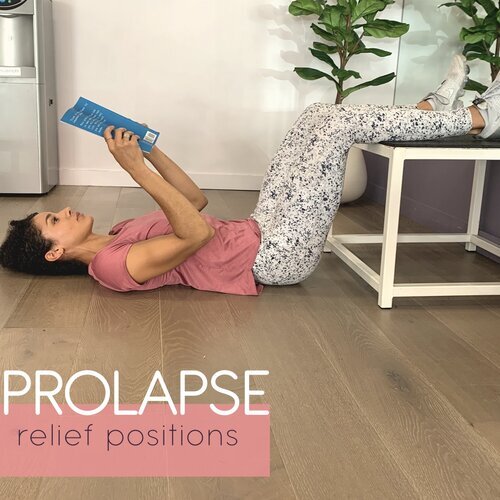
Symptoms of prolapse often appear at the end of the day after gravity has been pulling down your already vertically-challenged pelvic organs for hours. A prolapse relief position is something you can do at home to lessen the immediate symptom. Relief positions are not a treatment or a cure, but a way to just a find some comfort when you are experiencing organ heaviness or irritation.
Early Postpartum Stretches
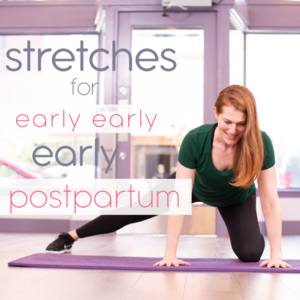
Repetitive care-taking tasks can take its toll on the joints. These are our favorite stretches for new mothers who do a lot of sitting, feeding and cuddling.
